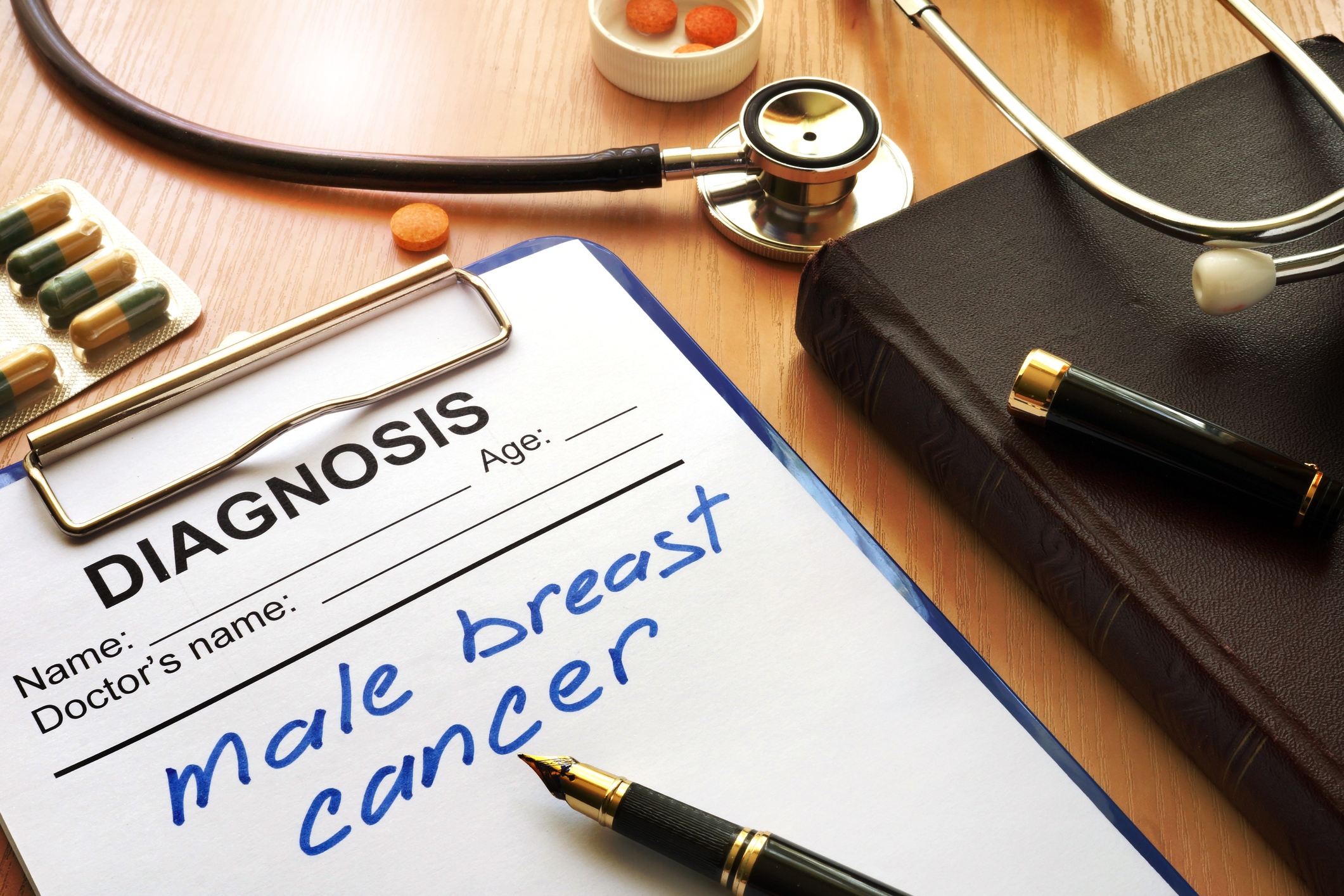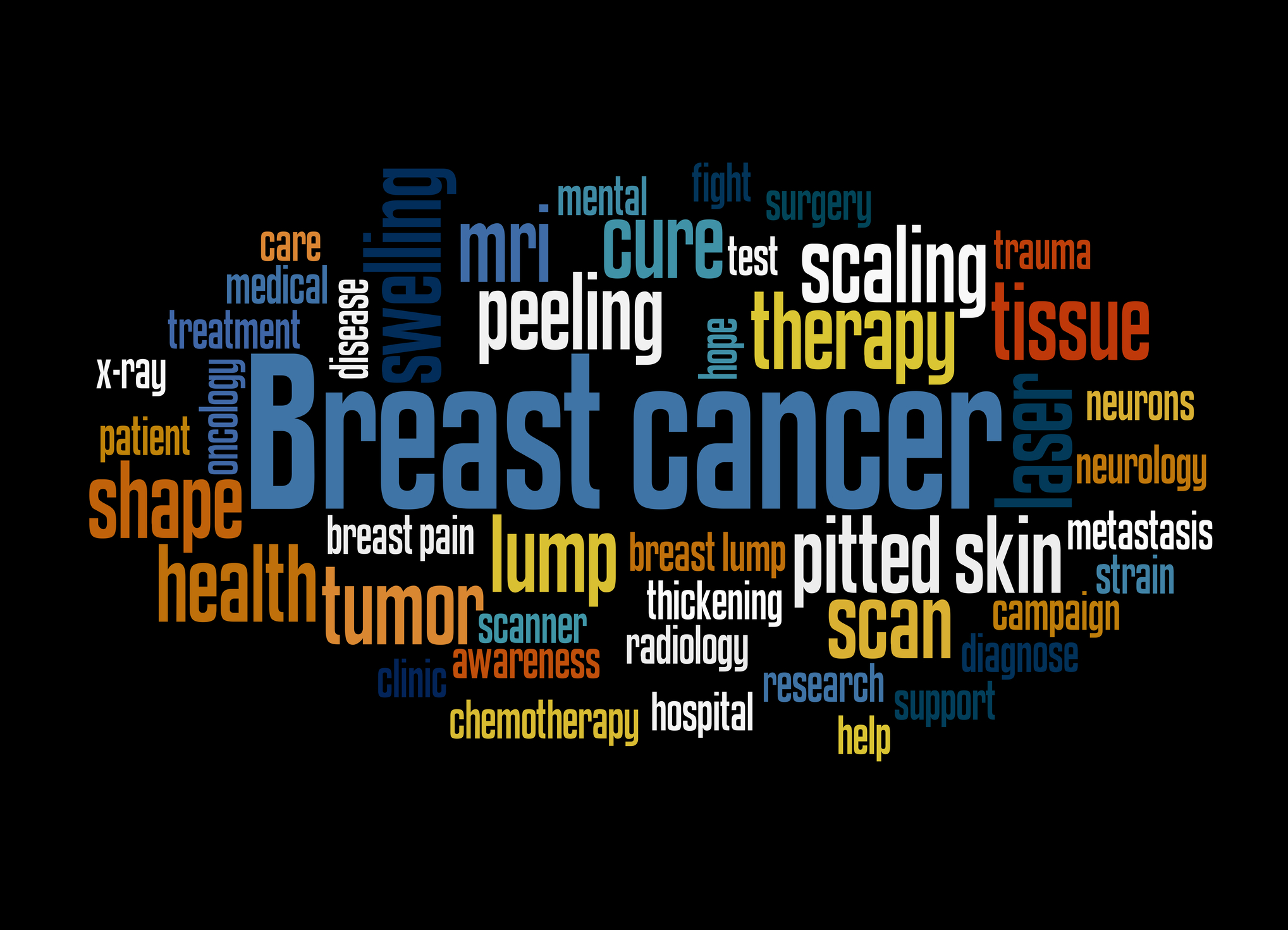Breast Cancer Symptoms And What You Need To Know
Men & Breast Cancer

Although it is rare, men can also develop breast cancer at any age, although it is commonly seen in older men. Breast cancer is rarer in males because their breast cells are less developed than women’s. But, just like women, men also have breast tissue, and these cells can also develop cancerous cells.
The most common symptoms of breast cancer that a male can experience is a lump in the breast tissue, thickening of the breast tissue, nipple discharge, redness or scaling of the nipple, an inverted nipple, unusual redness, swelling, itchiness, or rash on the breast. Unfortunately, most men do not consider that they can develop breast cancer, therefore they do not regularly check their breast tissue for signs of lumps, resulting in male breast cancer being diagnosed much later.
Keep reading to find out how breast cancer is diagnosed.
Diagnosing Breast Cancer

There are a variety of ways a patient can be diagnosed with breast cancer. Diagnosing breast cancer can be done with a physical exam, mammogram, ultrasound, MRI, biopsy, or by reviewing a patient’s medical history. A physical examination is when a doctor examines the patient’s breasts, the skin on their breasts, and their nipples to check for discharge. A doctor may also feel the breasts and armpits for any lumps. A classic diagnosing technique is a mammogram, which is an X-ray of the breast, that can help distinguish between a benign and malignant mass.
An ultrasound uses ultrasonic sound waves to produce an image of the breast tissue, while an MRI scan is used in conjunction with other tests that are also used to examine the patient’s breast tissue. A biopsy is performed on a lump to determine if it is cancerous or not and to also test the cells of the breast tissue. Finally, a doctor will ask a patient about their health history and family medical history to see if there is a risk of breast cancer developing. Sometimes breast cancer can be caused by genetics, therefore it is imperative for a patient to let their doctor know if there is a family history of it.
Continue reading to discover the various types of breast cancer.
